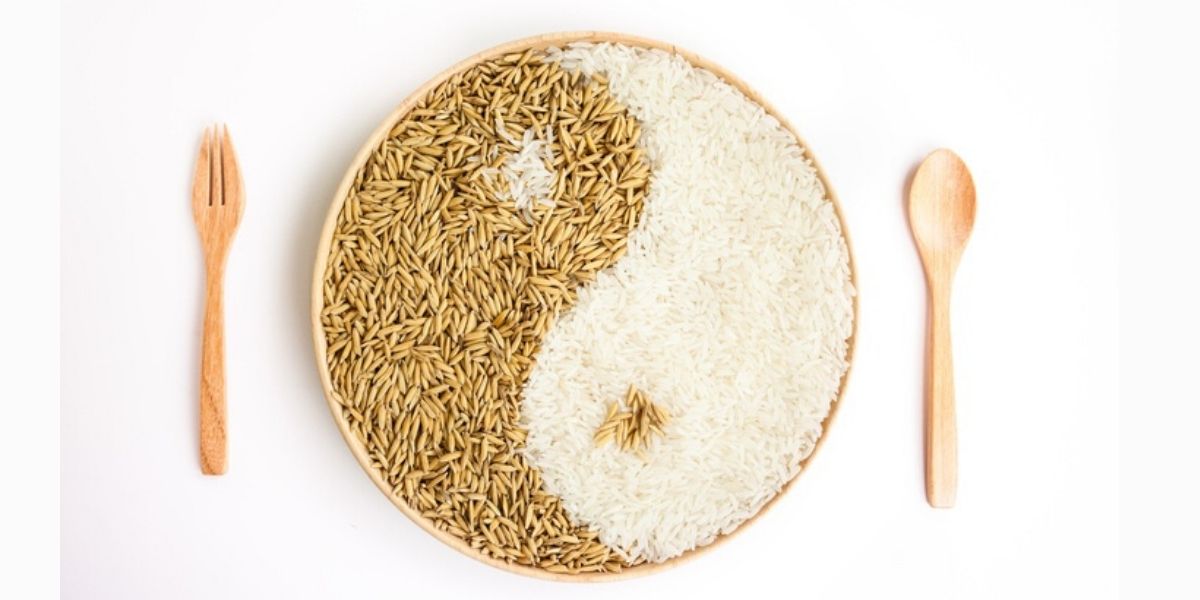Although it is one of the necessarily important guidelines within the macrobiotic diet itself, there is an outstanding consensus regarding the possible existence of yin foods and yang foods.

We could indicate that the macrobiotic diet is not in itself a strict or necessarily vegetarian diet, since – above all – it does not intend to establish rigid rules of eating behavior.
Due to this main issue, the macrobiotic diet tends to divide the various foods existing within a diet or diet considered normal into two main categories.
They receive, as we have briefly commented at the beginning of this article, the name of yin and yang foods, which would basically be plant foods (yin), and animal foods (yang).
Yin foods (vegetables) and yang foods (animals).
Generally, we can say that the foods considered yin are those foods that are vegetables, which contain important vitamins and minerals.
They also tend to contain more potassium, a slightly more acidic, bitter, sweet or aromatic taste, and a higher degree of acidity.
However, foods considered yang are those that are preferably animal, which contain more sodium, a slightly sweet or spicy taste, or a high degree of alkalinity.
Taking into account these basic definitions, it is best to prepare balanced meals, which combine various ingredients taking advantage of their benefits.
In addition, experts recommend consuming yang foods in hot seasons and regions, and consuming ying foods in cold seasons and regions.
Cooking yang and yin foods.
Cooking food is usually a procedure that tends to increase the yang factor of food, especially when this cooking is carried out using a pressure system.
That said, it is recommended that, in spring, the cooking times be progressively reduced, and in autumn or winter increase them.






























